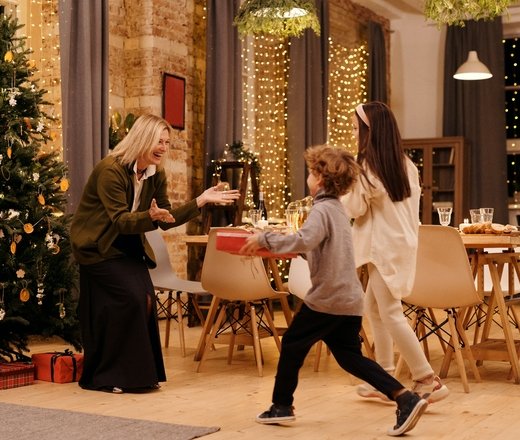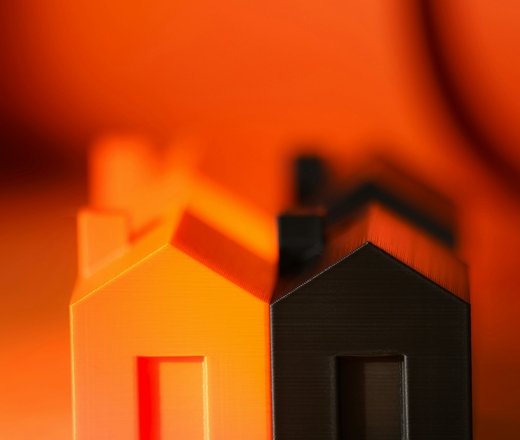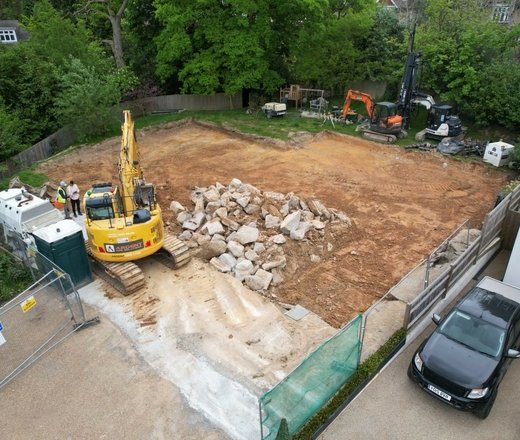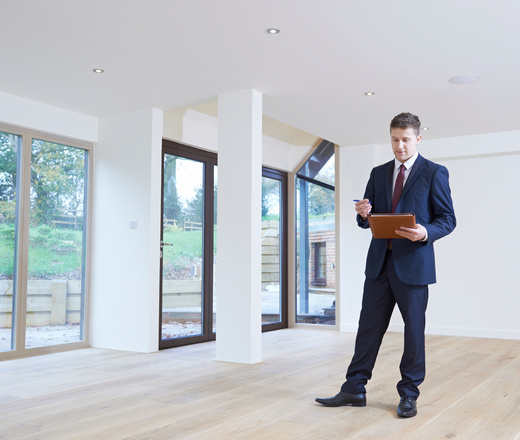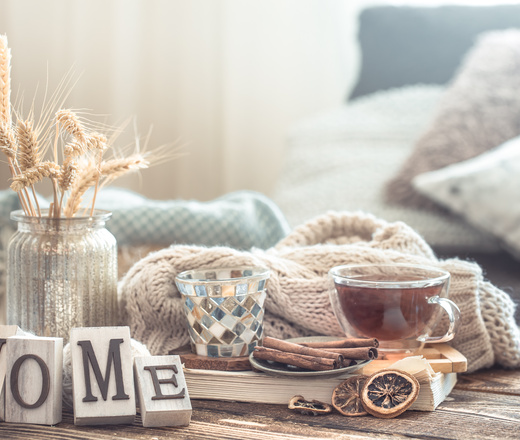As we sit here in spring 2020, starting to gradually emerge from lockdown, it’s easy to imagine that demand for properties with gardens will rise. However, how might expectations translate into reality? And will this result in higher prices for homes with outdoor space?
A premium for homes with private outdoor space?
In 2018, a survey by property industry professionals found that eight in ten home hunters dismissed a potential new place if it did not have its own private garden. Moreover, it seemed that boasting just any old outdoor space was not enough: more than 50% of would-be buyers admitted to being deterred if a garden was unkempt. This translated into a willingness to pay an average premium of over £27,000 for a home with the right sort of garden. Renters demonstrated a similar trend, with a willingness to pay an average monthly premium of almost £250 for a property with a garden.
Despite the alacrity with which buyers and renters apparently handed over larger sums of money, the same survey found that the average buyer spent only 21 hours in their garden each month. Meanwhile, the average renter spent only 12 hours over the same period.
Of course, the average amount of time spent in private gardens over the lockdown period will be far in excess of normality and, no doubt, the majority of people are looking forward to being able to use other outdoor spaces with impunity. However, it’s quite possible that all of this time spent in private gardens (or spent wishing for a private garden) might translate into both an increased appreciation of such spaces and increased demand for them.
So, what might this mean for the housing market?
The prospect of improved sold property prices for homes with any sort of outdoor space might be a far cry from current predictions that the economic fallout from the Covid-19 pandemic will detrimentally affect the housing market for years to come. However, even at the worst of economic times, people continue to set up home, have families and experience changing property needs. It is reasonable to suppose, therefore, that even in any period of suppressed demand or lower prices, some properties will remain more popular - and hence pricier - than others.
From a landlord’s perspective, an enhanced appreciation for gardens might underline the importance of keeping outside spaces looking presentable. This might mean employing the services of a gardener - whether regularly, as a seasonal expense or in anticipation of re-letting the property. Those landlords looking to expand their portfolio might do well to consider ensuring that future purchases have at least some private outdoor space. In large cities and other areas where developers have built large blocks of flats, this might mean increased competition for units with balconies or private terraces. Equally, flats without any private outdoor space might become harder to shift if buy-to-let landlords perceive them as harder to rent out.
For the would-be home buyer, who is currently facing the prospect of a static or even shrinking housing market (at least in the short term), they may find themselves up against increased competition for homes with outdoor space. It remains to be seen whether areas that are currently popular with buyers but have few properties with outdoor space maintain that popularity or whether buyers will refocus their attention elsewhere.
South-facing?
Contrary to popular belief, south-facing gardens do not add as much to the value of the average property as one might think. Viewing a few episodes of TV’s “Location Location Location” illustrates the point well: while a substantial number of property hunters stipulate a south-facing garden, a surprising proportion are persuaded to concede this demand as one of their inevitable compromises.
An old survey from Direct Line (in 2016) adds weight to the point. Its results showed a miserly 0.37% increase in the value of a home with a south-facing garden when compared to a property with a similarly sized but differently orientated outdoor space. Indeed, there is some evidence to suggest that some buyers actively avoid a property with a south-facing garden, fearing a lack of shade at the warmest times of the year. Meanwhile, the residents of properties with larger than average gardens - and especially those that are not overlooked by other buildings or shade-casting trees - can usually be sure of finding both sun and shade in their garden whatever its orientation.
River views
If garden orientation does not add (or detract) as much from sold property prices as we might first suspect, other features may be more relevant. Top of many lists are river views. On average, whether the river concerned is in the inner city, a less built-up area or somewhere rural, the existence of a river view adds an estimated 9% to the value of a home. So much the better, presumably, if the river view in question can be safely enjoyed from the home’s garden, terrace or balcony.
Obviously, concerns over potential flood risk may deter some buyers and renters. However, the continued popularity of homes and gardens with river views illustrates the basic truth of the statement that a room (or a house or garden) with a view is usually more in demand than one without.
Source: NetHousePrices.com
Market your property with Maddisons Residential
For many, the first point in their house moving journey, is to understand the value of their current home. Whether you want a quick, instant, online indication, or a more robust property specific and individual valuation, we would be delighted to help.

